Updated 03/03/2023 / Originally posted 2018
March is the month designated month to celebrate the textile pattern “plaid”. Primarily associated with Scottish culture, Tartan — or plaid, as it is called in North America — is a particular twill weaving pattern of multicolored and crisscrossing horizontal and vertical bands, i.e. two sets of stripes at right angles. An individual tartan - with its color palette and stripe widths - is called a “sett”.
This pattern, a fall and winter wardrobe staple, is found today all over the world. Although it is claimed by some that plaids originated as a way to distinguish Scottish clans in battle, when I traveled in Scotland, a guide explained that Clan plaids were really the product of the 19th century mercantile industry. An advertising ploy!
What a buzz kill!
I assumed the "Clan Plaid" story is what most people believe, so I put on my Granny Mythbuster disguise to find out. Digging up the origins of traditions and languages is never short and sweet. And, as a general principle, never believe what a tour guide tells you.
IT IS WHAT IT IS…MAYBE
If you look up the words tartan and plaid on merriam-webster.com/dictionary/, these are the definitions you will get.
● “tartan (n)
1.= a plaid textile design of Scottish origin consisting of stripes of varying width and color usually patterned to designate a distinctive clan.
2a.) = a twilled woolen fabric with tartan design
2b. = a fabric with tartan design
2c. = a garment of tartan design.”
● “plaid (n)
1. = a rectangular length of tartan worn over the left shoulder as part of the Scottish national costume.
2 a. = a twilled woolen fabric with a tartan pattern
2 b. = a fabric with a pattern of tartan or an imitation of tartan.
3a. = TARTAN sense 1 [Don't ask me. I have no idea what this means]
3b. = a pattern of unevenly spaced repeated stripes crossing at right angles.”
In other words, a Tartan is a pattern and a Plaid is a piece (usually large) of tartan cloth.
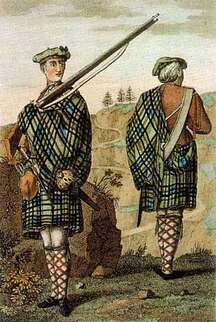
“Plaid” Means "A Blanket"
In North America we often – mistakenly-- use the term plaid to mean tartan. The word plaid -- derived from the Scottish Gaelic word plaide, which means blanket – is a tartan cloth worn over the shoulder as a kilt accessory or a plain blanket such as one would put on a bed.
◄ Soldiers from a Highland Regiment circa 1744.
Image Credit: image scanned from “Clans and Tartans,
Collins Pocket Reference”
Image Source: commons.wikimedia.org/w/index.php?curid=47104132
According to Danny Lewis, https://www.smithsonianmag.com/, the word “Plaid only replaced tartan once the patterns became popular with British and American textile manufacturers who would recreate fabrics that looked like tartans, but without centuries of symbolic meaning embedded in their clothing.”
“Tartan” Means A Pattern
The word tartan means a woven fabric made of crisscrossed horizontal and vertical bands in multiple colors; alternating bands pre-dyed threads woven with warp and weft at right angles to each other. This creates a distinctive pattern of squares called a sett.
Source of Images: bing.com/images/search?view=detailV2&ccid=Gotc0Gfp&id
In North American we not only use the word plaid to mean the pattern -- instead of tartan -- , but the term no longer applies only to woven cloth.
EARLIEST ORIGINS OF TARTAN WEAVE
Even though evidence of the Celtic tartan dates back to the 3th century, the oldest example of a tartan fabric goes back at least 3,000 years. It was found buried with the remains of “Cherchen Man,” a 6 foot tall mummy of Caucasian descent found in Turkestan in the western Chinese desert. The man was found buried wearing a red twill tunic and tartan leggings, the earliest example of tartan ever discovered.
| Source of Images: eternalcivilizations.blogspot.com/2019/cherchen-man | 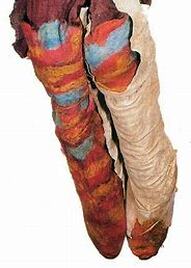 According to the textile historian E. J. W. Barber, the Hallstatt culture of Central Europe, which is linked with ancient Celtic populations and flourished between the 8th and 6th centuries BC, produced tartan-like textiles. Other finds have been made in Europe and Northwestern China. |
| Cherchen Man/ Ur-David -- mummy found in Cherchen, located in current Xinjiang region of China. The mummy is a member of the group known as Tarim mummies. |
The earliest documented tartan in Britain, known as the "Falkirk" tartan, dates from the 3rd century AD. It was uncovered at Falkirk, Scotland, near the Roman-built Antonine Wall. The fragment of tartan cloth was stuffed into an earthenware pot containing almost 2,000 Roman silver coins. It is now in the National Museum of Scotland
| Remains of the only original Falkirk tartan – Image Credit: Fickr- Image Source: oldest.org/culture/tartans/ | Registered “recreation” of the Falkirk tartan - Image Source:tartanregister.gov.uk/tartanDetails |
Presumably, weaving skills were passed down from mother to daughter, and over time a particular design came to be associated with a specific district and possibly with an individual clan. Eventually, these local patterns became synonymous with the regional clans scattered throughout Scotland,
At some point, weavers began to dye yarn, which resulted in new or at least brighter patterns. Even then, the dyes, which come from local and accessible plants and minerals, likely determined the colors and still identified the wearer of a tartan to the district.
Celtus Scottish soldiers in service of Gustavus Adolphus,_1631.j
ttps://commons.wikimedia.org/w/index.php?curid=5042497
Like everything, it’s all politics. Clan Tartans as we know them today are thought to originate in Scotland in 16th century. In 1703, Martin wrote A Description of the Western Islands of Scotland, in which he noted that the tartans could be used to distinguish inhabitants of different regions. That was the beginning of a more formal recognition of a clan association with a particular tartan.
At that time, tartan designs were produced by local weavers for local tastes using the dye materials of the local area. The patterns and colors were the choice of the weaver and people picked and wore those based on personal preference.
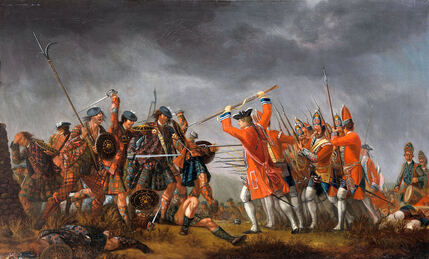
After Scottish forces were defeated at the Battle of Culloden in 1746, the monarchy adopted the Dress Act of 1746, banning tartans (except for British military uniforms) for nearly a century. By the time the law was repealed, tartan kilts were no longer the ordinary dress of the highlands. The tartan kilt was, however, adopted as the symbolic national dress of Scotland, which revived interest in tartans and one’s Scottish heritage.
According to Wikipedia – who agrees with my tour guide in Scotland – the clan tartans date no earlier than the beginning of the 19th century. They are an invented tradition.
THE "BOTTOM" LINE
“The clashingly exuberant history of tartan’s history is a jumble of fact with outrageous fiction. Nearly everything you think you “know” about tartan was invented, then furiously believed until fact seemed pale and unsporting in comparison.”
According to Wikipedia – who agrees with my tour guide after all – the clan tartans date no earlier than the beginning of the 19th century. They are an invented tradition. Nonetheless, today the Tartans represent the pride the Scottish have in their ancestral warrior clans, family, and Gaelic culture … the pattern, the idea of tartans in the abstract.
It’s all about what it means!
| And speaking of “bottoms”, the topic of “underwear beneath the kilt” -- so often a cause for humor -- is a relatively modern development. In the past men wore nothing. This is still true of several Scottish regiments, apart from some sentries and dancers, on whom the kilt might fly up. Most other people wear shorts or pants, according to personal taste." http://www.kinnaird.net/tartan.htm JUST SAYIN’ □ 2023 Sources https://www.merriam-webster.com/dictionary/tartan https://eternalcivilizations.blogspot.com/2019/01/cherchen-man-cherchen-man.html https://www.pinterest.com/pin/539024649135050696/ https://www.scotsman.com/arts-and-culture/history-tartan-falkirk-mod-1488081 https://www.tartanregister.gov.uk/tartanDetails?ref=1146 https://www.oldest.org/culture/tartans/ https://www.ibtimes.com/what-do-scots-wear-under-their-kilts-lot-nothing-2428643 |
Scanned from “Clans and Tartans, Collins Pocket Reference, George Way of Plean and Romilly Squire, Harper Collins, Glasgow 1995 ISBN 0-00-470810-5., Public Domain.”
https://www.pinterest.com/annbharrison/men-in-kilts/
http://www.theconomist.com/china/2012/fast-and-loose
2018 Sources: [Some no longer available]
https://www.smithsonianmag.com/smart-news/brief-history-plaid-180957342/
https://en.wikipedia.org/wiki/Tartan
https://psmag.com/social-justice/that-plaid-tho
https://startupfashion.com/fashion-archives-history-plaid/
http://www.kinnaird.net/tartan.htm
http://www.scotclans.com/scottish-clans/tartan-pattern-book/
https://en.wikipedia.org/wiki/Plaid
http://www.ancient-wisdom.com/chinacherchen.htm
https://en.oxforddictionaries.com/definition/plaid
https://www.grammarphobia.com/blog/2015/10/plaid-tartan.html
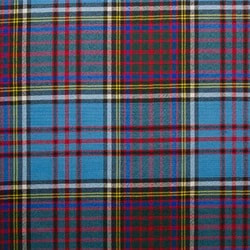
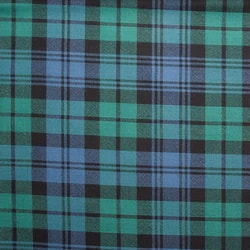
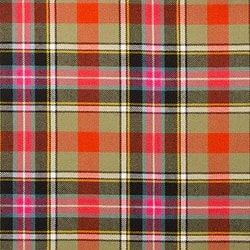
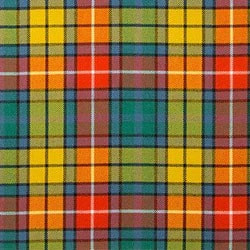
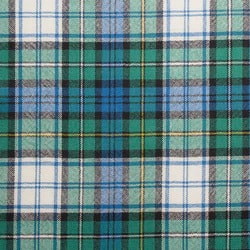
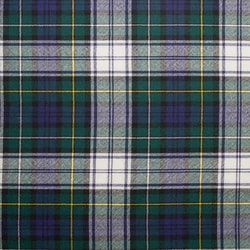
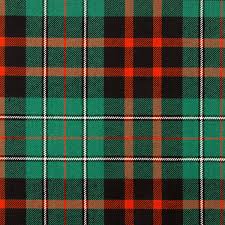
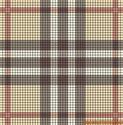
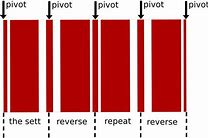
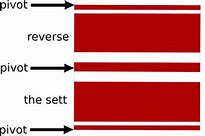

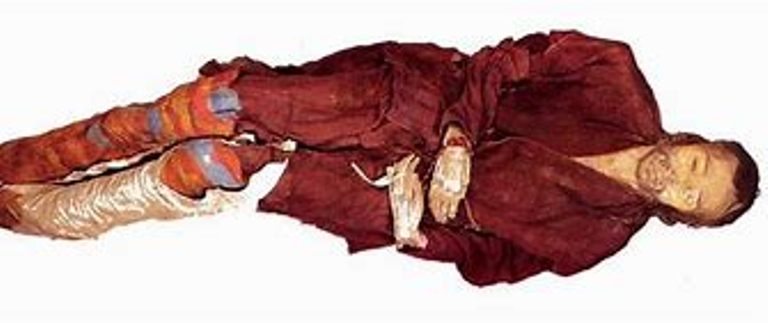
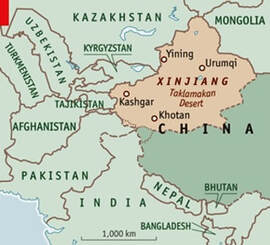
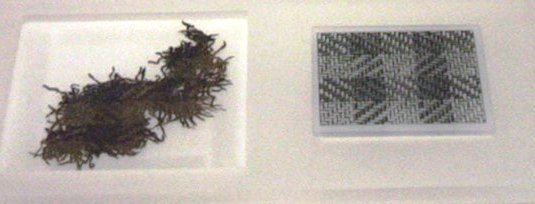
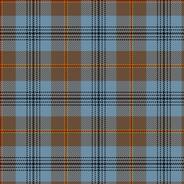
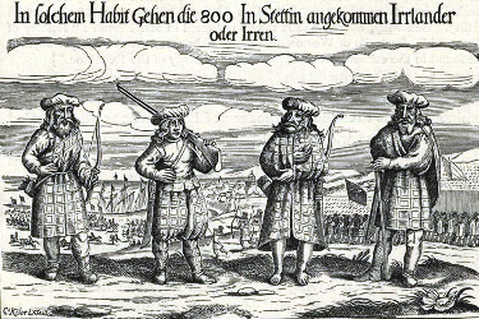
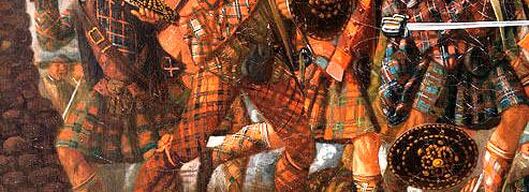
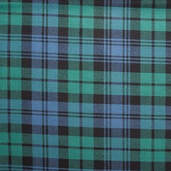
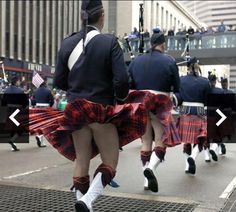
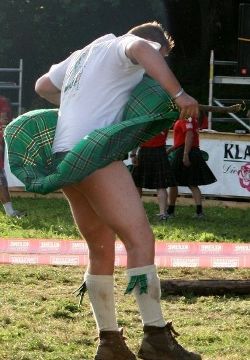
 RSS Feed
RSS Feed